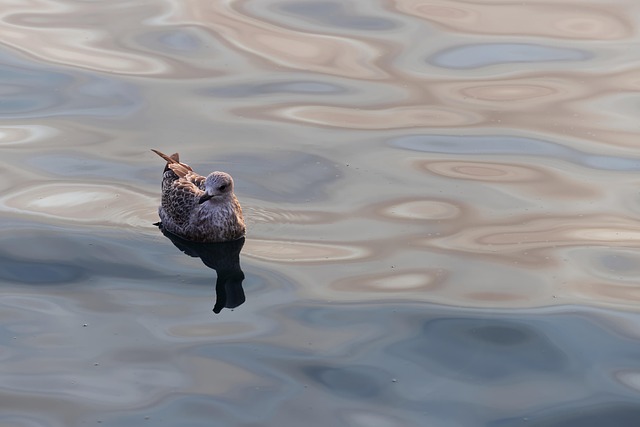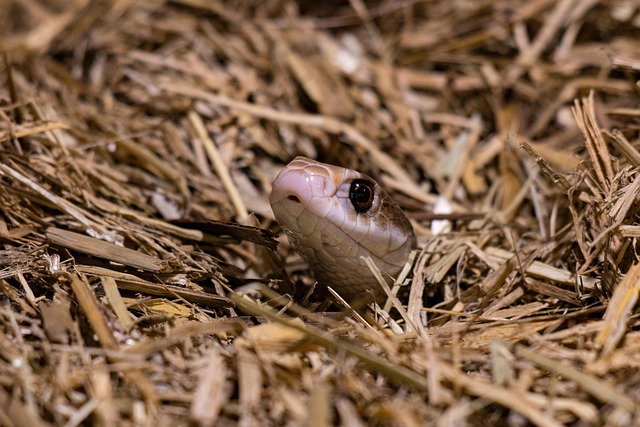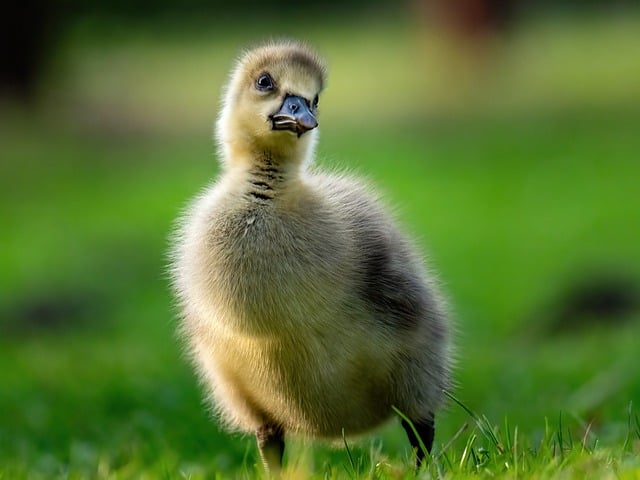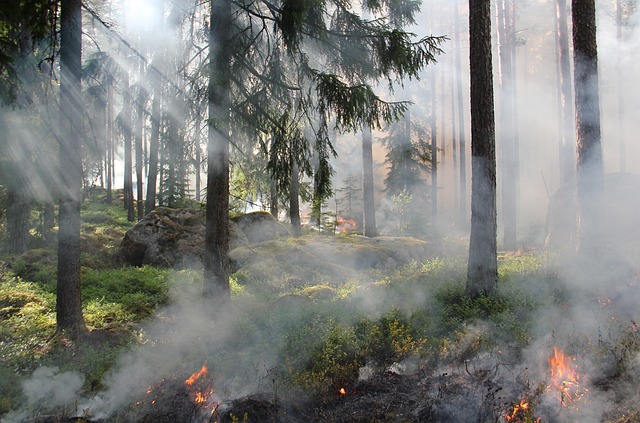Florence, Oregon, boasts diverse nature reserves like Siuslaw National Forest and Ruth Bascom Park, which serve as vital habitats for birds, deer, and other fauna. These protected areas offer unique seasonal experiences, from spring's migratory bird spectacle to fall's vibrant foliage. The reserves play a crucial role in maintaining Florence's biodiversity, facilitating wildlife migration, nesting, and reproduction. They're particularly popular among birders during spring and fall migrations, attracting species like the Yellow Warbler and Pacific-slope Flycatcher.
“Discover the vibrant seasonal wildlife of Florence, Oregon, where the city meets the wilderness. This charming locale boasts an array of natural havens and protected areas, particularly its renowned nature reserves. From birdwatching in the spring to tracking migrant mammals in autumn, Florence offers a unique exploration of biodiversity.
Explore our guide to uncover the best spots for wildlife encounters, understand the ecosystem’s delicate balance, and learn responsible visitor practices to ensure these natural treasures thrive.”
- Exploring Florence's Natural Haven: An Overview of the City's Wildlife Hotspots
- The Role of Nature Reserves in Protecting Seasonal Changes in Wildlife
- Seasonal Migrations: When and Where to Spot Unique Species in Florence
- Flora and Fauna Coexistence: Understanding the Interdependence in Local Ecosystems
- Sustainable Practices for Visitors: Enjoying Wildlife Observations Responsibly
Exploring Florence's Natural Haven: An Overview of the City's Wildlife Hotspots
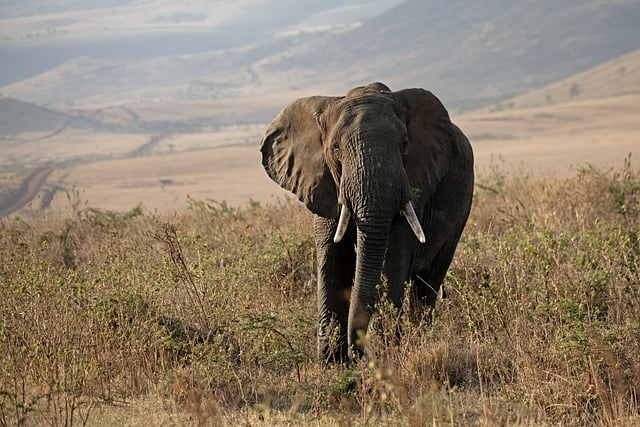
Florence, nestled in the heart of Oregon’s lush landscape, is a haven for wildlife enthusiasts. The city boasts an array of natural hotspots that attract a diverse range of fauna throughout the seasons. From serene forests to tranquil wetlands, these eco-friendly gems offer visitors and locals alike the chance to connect with nature up close.
Among Florence’s most notable wildlife destinations are its nature reserves. These protected areas, like the Siuslaw National Forest and the Ruth Bascom Park, serve as sanctuaries for birds, deer, and other animals. In spring, these reserves come alive with migratory birds returning from their winter homes, while fall brings a vibrant display of colors as leaves change and wildlife prepares for hibernation or migration.
The Role of Nature Reserves in Protecting Seasonal Changes in Wildlife
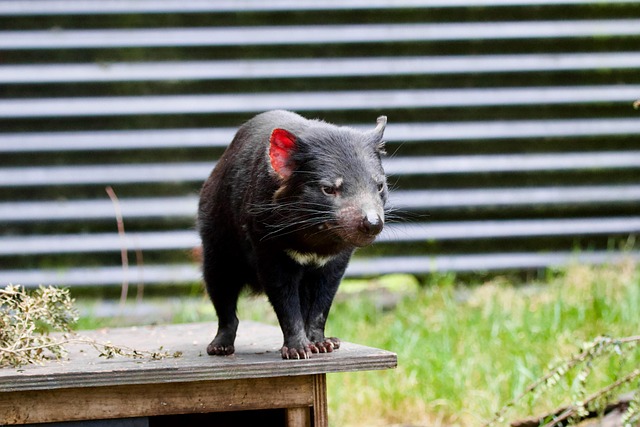
Florence’s nature reserves play a pivotal role in preserving and protecting the delicate balance of seasonal wildlife changes. These protected areas serve as sanctuaries, offering habitats that are vital for various species’ survival throughout the year. As Florence experiences distinct seasons, from lush spring to crisp winter, the reserves ensure that wildlife can thrive during these transformative periods.
By maintaining diverse ecosystems, these nature reserves enable the migration and nesting of birds, provide foraging grounds for mammals, and support the reproduction of local flora and fauna. The strategic placement and management of these reserves allow for the conservation of species that are sensitive to environmental changes, ensuring their presence in Florence’s natural landscape throughout the seasons.
Seasonal Migrations: When and Where to Spot Unique Species in Florence

In Florence, Oregon, seasonal migrations offer a captivating spectacle for nature enthusiasts and wildlife observers. The city’s proximity to diverse ecosystems, including coastal areas and forested hills, makes it an ideal spot to witness unique species on the move. During the spring and fall, many bird species migrate through this region, providing ample opportunities for birders to add rare sightings to their lists. The Florence nature reserves, such as the Siuslaw National Forest and Yaquina Bay, become hotspots for these avian travelers.
The coastal areas around Yaquina Bay are particularly known for hosting a variety of shorebirds during their fall migration. Birders can expect to see species like the Western Sandpiper, Semipalmated Sandpiper, and even the impressive Dunlin, all passing through in search of richer feeding grounds further south. Meanwhile, the forests of Siuslaw National Forest become a haven for migratory warblers, offering scenic backdrops for observing vibrant hues like the Yellow Warbler, Orange-crowned Warbler, and the striking Pacific-slope Flycatcher.
Flora and Fauna Coexistence: Understanding the Interdependence in Local Ecosystems

Florence, Oregon, is a haven for nature enthusiasts due to its diverse flora and fauna. The city’s many nature reserves play host to an array of plant and animal species that thrive in distinct seasonal environments. These ecosystems are intricately linked, with every creature playing a vital role in maintaining balance. For instance, local birds feed on insects and fruits, contributing to seed dispersal and pest control while also providing food for larger predators.
The interconnectedness is evident during different seasons. In spring, reserves come alive with wildflowers, attracting pollinators like bees and butterflies that aid in reproduction. During summer, many species reach their peak activity, fostering a rich web of life. Autumn brings a burst of color as leaves change, offering sustenance to herbivores and setting the stage for the next year’s growth. Winter, though quieter, is crucial for hibernation and migration patterns, ensuring the survival of various wildlife through changing climates. Florence’s nature reserves are a testament to the resilience and interdependence of local ecosystems.
Sustainable Practices for Visitors: Enjoying Wildlife Observations Responsibly


